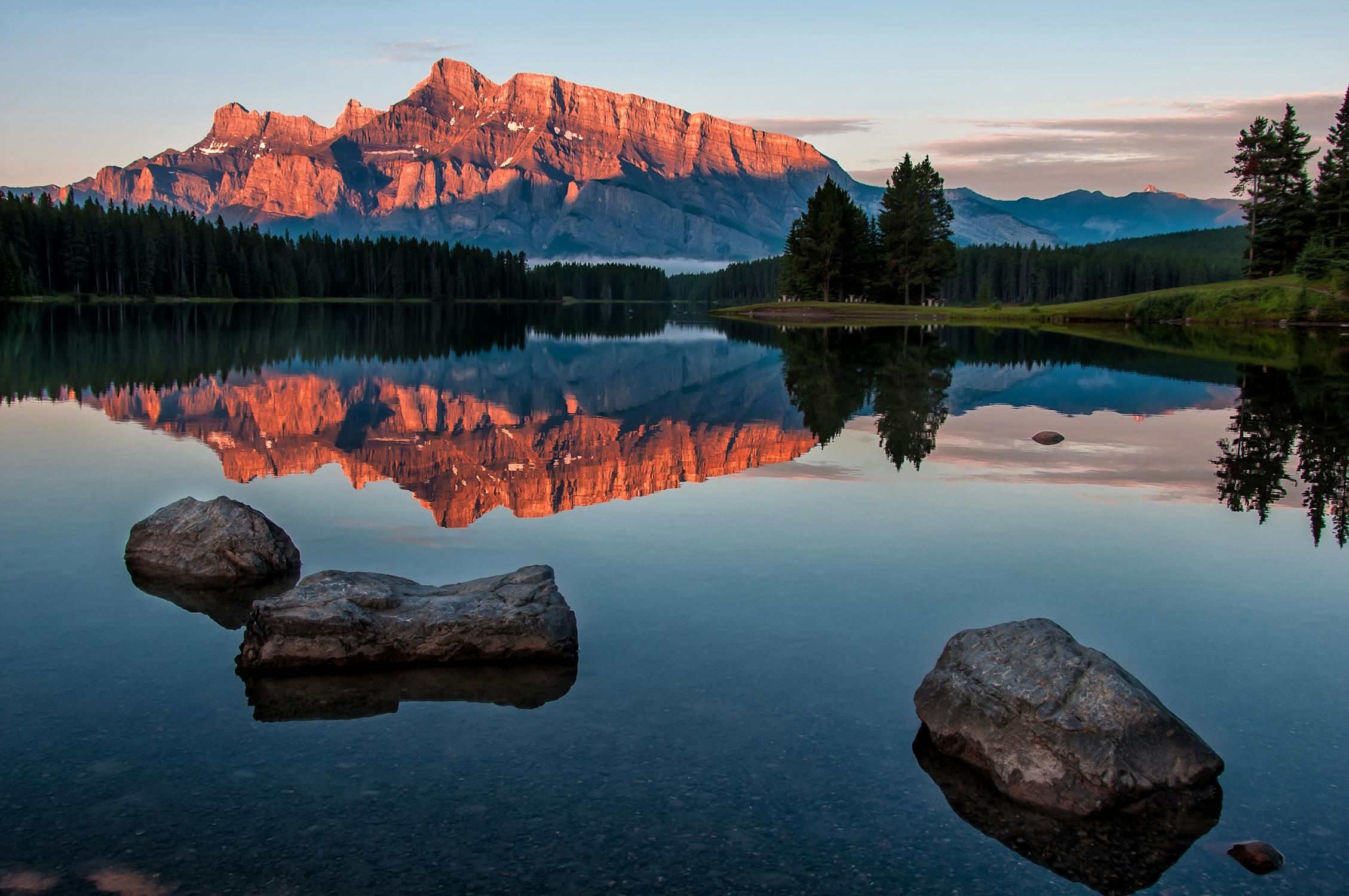Mountain Biking in the Rocky Mountains

Mountain biking in the Rocky Mountains offers enthusiasts an unparalleled experience, combining challenging trails, breathtaking scenery, and a sense of adventure. The Rocky Mountains, stretching from Canada to New Mexico, encompass diverse landscapes that cater to riders of all skill levels. This article delves into the various aspects of mountain biking in this iconic region, providing insights into trails, equipment, safety tips, and local highlights.
Trail Varieties and Highlights
The Rocky Mountains boast a multitude of trails, each offering unique challenges and stunning vistas. Popular trails include:
- Monarch Crest Trail: Known for its high-altitude ride and sweeping views, this trail is a favorite among experienced bikers.
- Crested Butte: Famous for its wildflower-filled meadows and technical singletrack, Crested Butte provides a range of trail options.
- Durango’s Colorado Trail: Spanning over 500 miles, this trail offers diverse sections that vary from alpine terrain to lush forests.
Each trail presents its own set of challenges. For example, Monarch Crest's high elevation can be demanding on riders' stamina, while Crested Butte's technical paths test one's bike-handling skills. Local guides often recommend acclimatizing to the altitude before attempting the more strenuous routes.
Essential Equipment
Proper equipment is crucial for a successful mountain biking adventure in the Rockies. Here’s a basic checklist:
- Mountain Bike: A sturdy bike with good suspension is essential. Full-suspension bikes are recommended for rough terrains.
- Helmet: Safety first—always wear a well-fitted helmet.
- Protective Gear: Gloves, knee pads, and elbow guards provide additional protection against falls and scrapes.
- Hydration Pack: Staying hydrated is vital at high altitudes.
- Repair Kit: Carry spare tubes, a pump, and multi-tools for on-the-go repairs.
Investing in quality gear can make a significant difference in comfort and safety. Many local shops offer rental services for those who prefer not to travel with their bikes.
Safety Tips
Mountain biking in the Rockies can be exhilarating but also poses risks. Follow these safety tips:
- Know Your Limits: Choose trails that match your skill level.
- Stay on Marked Trails: Straying off marked paths can lead to dangerous terrain or wildlife encounters.
- Ride with a Buddy: Having a partner ensures help is available in case of an emergency.
- Check Weather Conditions: Mountain weather can change rapidly; always check forecasts before heading out.
- Inform Someone of Your Plans: Let someone know your route and expected return time.
Being prepared and cautious can significantly reduce the risks associated with mountain biking in remote areas.
Local Attractions and Amenities
The Rocky Mountains are not just about biking; they offer numerous attractions and amenities:
- Ski Resorts: Many ski resorts double as mountain biking hubs during the summer months, such as Vail and Breckenridge.
- Hot Springs: After a long ride, relax in natural hot springs found in places like Glenwood Springs.
- Cultural Sites: Explore local history at sites like the Ute Indian Museum in Montrose or the Buffalo Bill Museum near Golden.
The blend of outdoor activities with cultural experiences makes the Rockies a well-rounded destination for adventurers.
The Science of Adventure Sports
Mountain biking in the Rocky Mountains is an exhilarating activity that offers something for everyone. From challenging trails to essential equipment and safety tips, this region provides a comprehensive outdoor experience. Whether you're seeking adventure or relaxation post-ride, the Rockies have it all. Embrace the thrill of mountain biking while appreciating the natural beauty that surrounds you.
Here are three of the most popular trails in the Rocky Mountains for mountain bike riding.
| Trail Name | Difficulty Level | Notable Features |
|---|---|---|
| Monarch Crest Trail | Difficult | Sweeping views, high altitude |
| Crested Butte Trails | Intermediate to Difficult | Wildflowers, technical singletrack |
| Durango’s Colorado Trail | Varies | Diverse terrain |